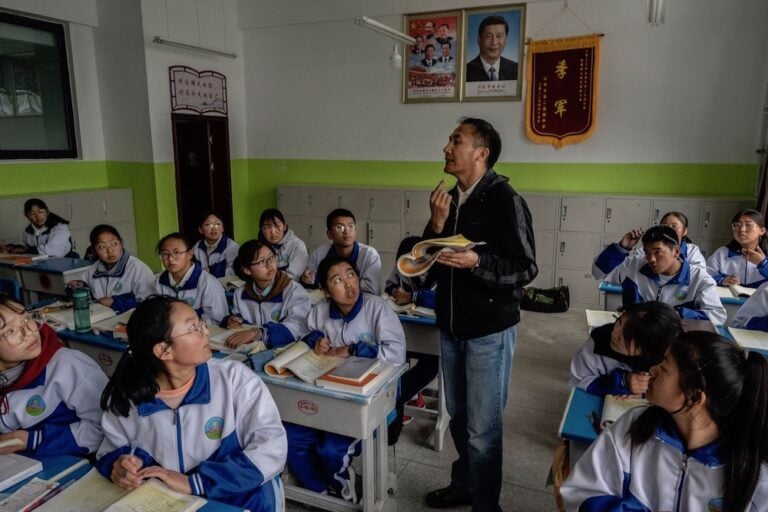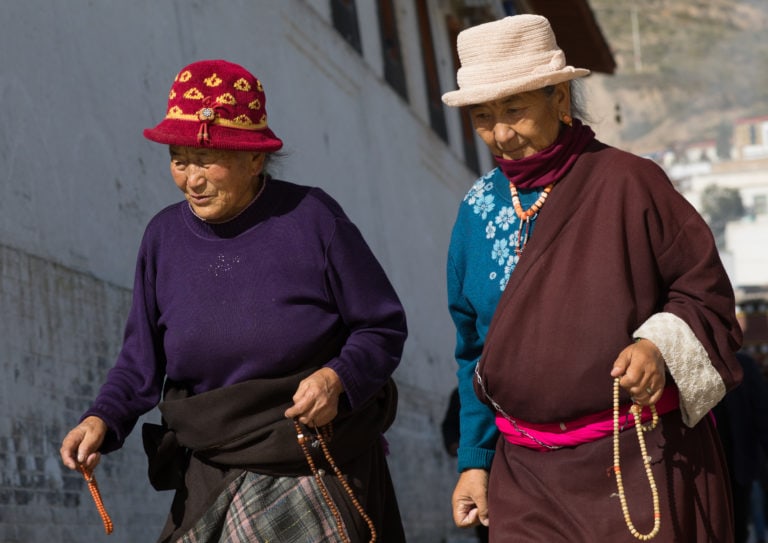Restrictions on news, media and communications in Tibet have been stepped up by Chinese authorities in the lead-up to the 18th Party Congress.
(Human Rights Watch/IFEX) – New York, July 13, 2012 – Restrictions on news, media, and communications in Tibet have been stepped up by Chinese authorities in the lead-up to the 18th Party Congress, due to take place in late 2012, Human Rights Watch said today.
The measures appear to be an effort to cut off Tibetans in China from news not subjected to the government’s domestic monopoly on information. They are presented officially as an attempt to prevent the views of the exiled Dalai Lama and his followers from reaching Tibetans inside China, particularly those living in rural areas.
The new restrictions, described in the official Renmin Wang media outlet on May 31, 2012, as key to maintaining stability and national security, aim to “ensure the absolute security of Tibet’s ideological and cultural realm,” according to Tibet Autonomous Region (TAR) Party Secretary Chen Quanguo in a June 27 interview. The measures involve significantly increased controls, particularly in the TAR, on internet use, text messages, phone ownership, music publishing, and photocopying, as well as intensified government propaganda through new TV channels, village education sessions, film showings, distribution of books, and the provision of satellite television receivers with fixed reception to government channels. As a result, Tibetans have virtually no access to independent news, are subject to intensifying political education and propaganda in villages, schools, and monasteries, and face increasing limitations on travel into the TAR from other provinces.
“Under the guise of combating ‘separatism’ the Chinese government is blatantly violating Tibetans’ rights to the freedom of expression, religion, culture, and movement,” said Sophie Richardson, China director at Human Rights Watch. “The authorities have a responsibility to uphold public order, but that cannot be used as a blanket justification for the kinds of measures to limit communications that the Chinese authorities are imposing in Tibet.”
(. . . )


